By Denise Seghesio Levine, UC Master Gardener of Napa County
Last year my husband discovered the joy of making cucumber pickles. He put fresh cucumbers in a clean jar with dill, bay and garlic from the garden, pure salt, spring water and a few grape leaves to keep them crisp, and one week later we had amazing pickles. This year he decided he wanted to make a lot of pickles, and therefore we needed to grow a lot of cucumbers.
With two large cucumber beds and overflow seedlings in 5-gallon pots, we have probably 150 cucumber plants feeding my husband's pickle obsession.
We wanted the best cucumbers for pickles, but we wanted flavorful cucumbers for fresh use as well. After perusing my seed collection and many seed catalogs, we made our selections.
Parisian Pickling from Seed Savers (seedsavers.org) seemed a logical choice. Also called Improved Bourbonne, this prickly little dark green cucumber is picked tiny for making gherkins and cornichons, the traditional adornment to pâté and charcuterie plates. Or you can harvest later for larger dill pickles. With the little prickles scrubbed off, Parisian Pickling also makes a perfectly fine slicing cucumber for eating fresh.
Seed Savers had another intriguing pickling cucumber. The Edmonson cucumber is open pollinated (which means you can save the seed and it will grow true) and grows to about four inches. Solid and blocky, the Edmonson never turns green, but matures from white to yellow and finally to a deep orange-red. Even when large and colorful, the Edmonson is said to be crisp and sweet. By the time these cucumbers start to color they are eight to nine inches long. They are the whales of our cucumber collection.
Light pale green and beautifully fluted, Armenian cucumbers are actually part of the muskmelon family. If allowed to sprawl on the ground, they tend to twist and circle, but if trellised up a fence or pole Armenian cucumbers behave beautifully and grow straight. An impressive 24 inches is not unusual for these cucumbers, but they are better if harvested at about 18 inches when the flesh is still solid and they have fewer seeds. I have read that Armenian cucumbers can get bitter, but I have never experienced that.
Lemon cucumbers were developed by selecting for roundness and yellow color. They will turn a deep lemon yellow, but for best flavor and texture should be harvested when they are between golf-ball and tennis-ball size and still a light green. At this size they don't need peeling. Lemon cukes do well in garden beds, trellised up fences or in pots with a trellis or other support.
Bushy cucumbers, an early determinate variety that only stretch five feet in each direction, look like traditional cucumbers with dark bumpy skin. These were the first to produce for me and seemed to grow overnight. Straight 8's, a smooth, conventional-looking cucumber rounded out the selection.
Cucumber plants produce male blossoms first; several weeks later the female flowers appear. When bees find both in bloom, baby cucumbers begin to appear. All varieties do best if harvested early and often.
Start seeds in fresh potting soil and rotate your cucumber planting sites every year to avoid the buildup of soil-borne pests and diseases. Plant cucumber seeds in 4-inch pots in early spring so you'll have healthy seedlings ready to transplant when the weather warms. Plenty of compost and a handful of worm castings in garden beds provide these heavy feeders the nutrients they need to yield abundantly through the summer. When transplanting, space seedlings according to packet directions. If those little cucumber beetles that look like green lady bugs show up, squish them.
Cucumbers do well in 5-gallon pots if staked. They need daily watering and steady feeding since the roots are confined and depend on you for their nutrients and water. You can successfully grow a single cucumber plant of any type on a deck or patio with morning sun. Harvested often, this single plant will supply plenty of cucumbers for salads, soups and pickles. Some important advice: Always taste a small piece of a cucumber before adding the rest to a salad or soup. One bitter cucumber can ruin an entire dish.
By now you might be wondering what my husband and I are doing with all our cucumbers. Having prepared an abundance of pickles we have branched out, replacing our old juicer with a lighter, quieter model. Instead of drinking water, we mostly drink cucumber juice. Cucumbers are high in silica and nourish hair, nails and skin, so whether we juice them with peaches, tomatoes or celery, we feel virtuous. We still use pure water to make our morning coffee, but after that, all bets are off.
Food Growing Forum: Join Napa County Master Gardeners on Sunday, August 30, from 3 p.m. to 4 p.m., for a free Zoom discussion on “Growing Winter Vegetables.” This forum on food growing will continue monthly on the last Sunday of every month, with different topics every time. To receive the Zoom link for the August 30 forum, register at http://ucanr.edu/FoodGrowingForum2020.
The UC Master Gardeners of Napa County are volunteers who provide University of California research-based information on home gardening. To find out more about home gardening or upcoming programs, visit the Master Gardener website (napamg.ucanr.edu). Our office is temporarily closed but we are answering questions remotely and by email. Send your gardening questions to mastergardeners@countyofnapa.org or leave a phone message at 707-253-4143 and a Master Gardener will respond shortly.
Attached Images:
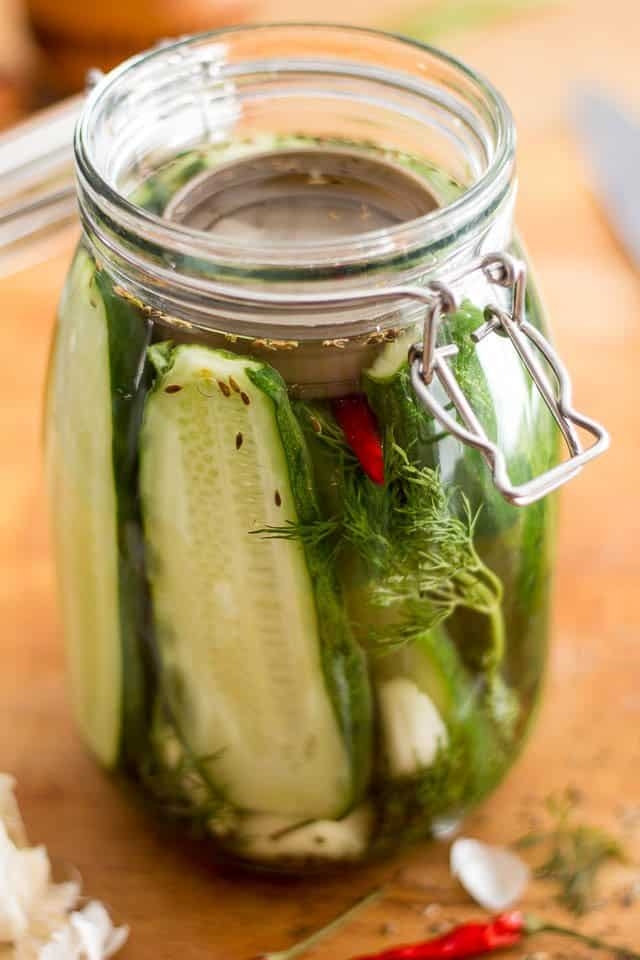
Cucumber pickles (thehealthyfoodie.com)
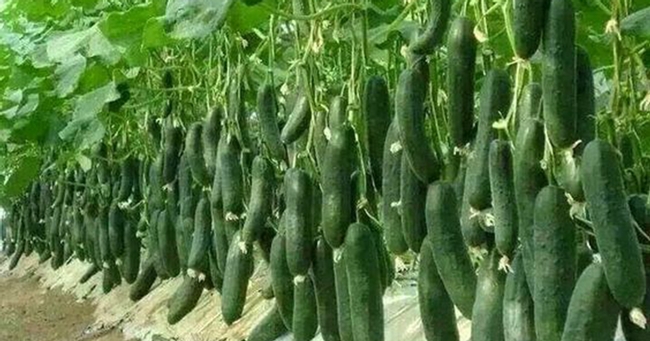
Cucumbers growing--that's a lot! (healthspiritbody.com)
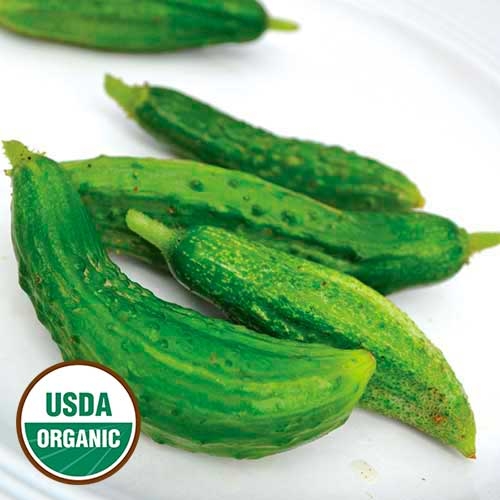
Parisian pickling (seedsaver.org)
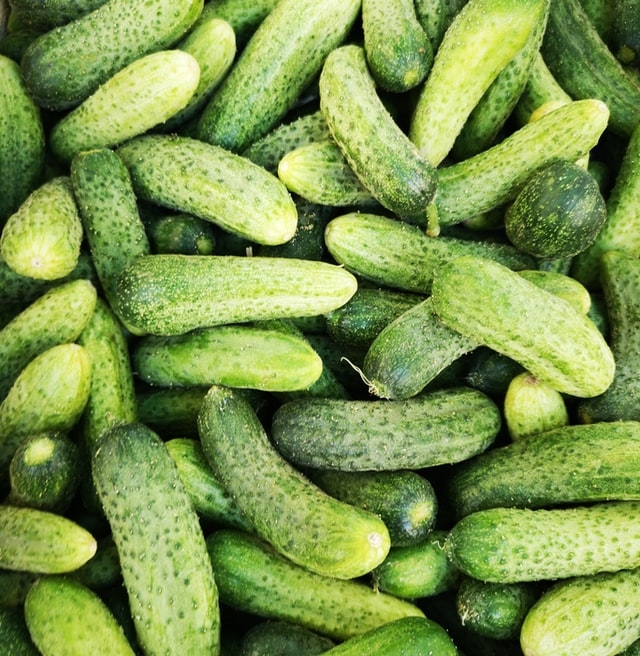
Gherkin size (chantal-garnier-unsplash.jpg)
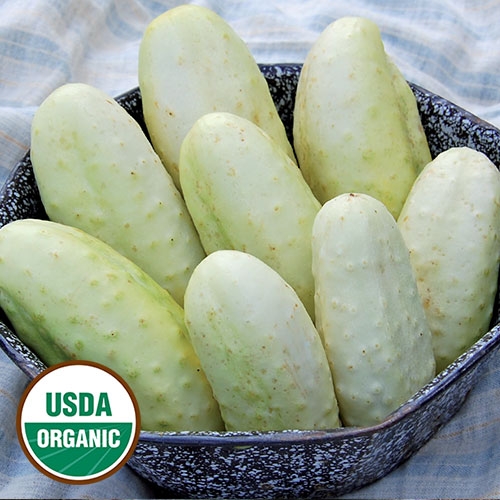
Edmonson cuke (seedsavers.org)
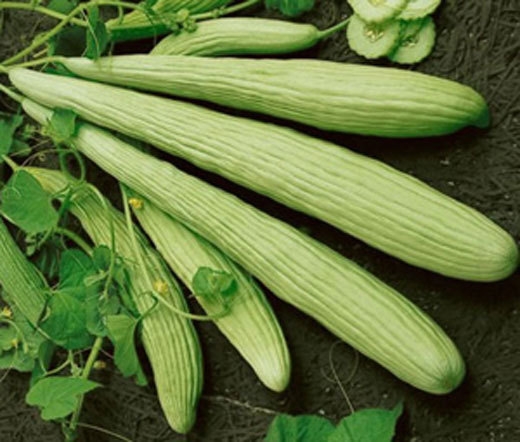
Armenian cuke (seedcorner.com)
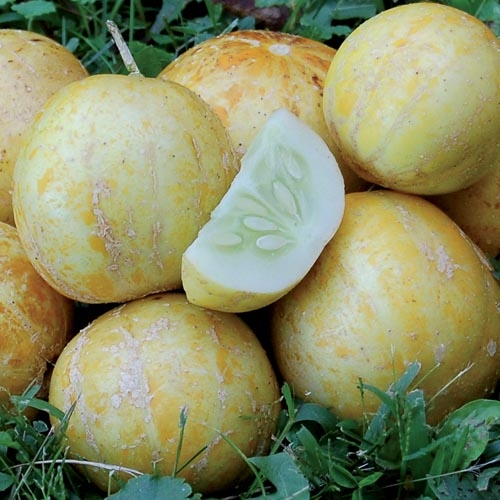
Lemon cuke (seedsavers.org)
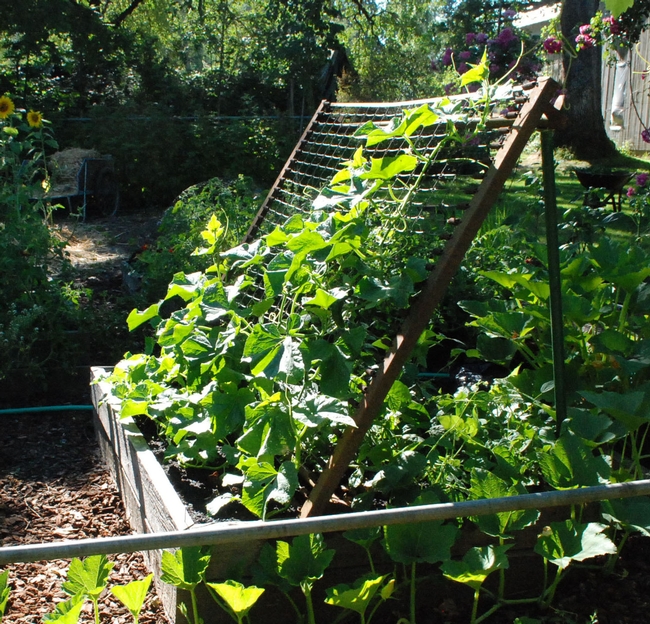
Cucumber growing on trellis (linniew.wordpress.com)
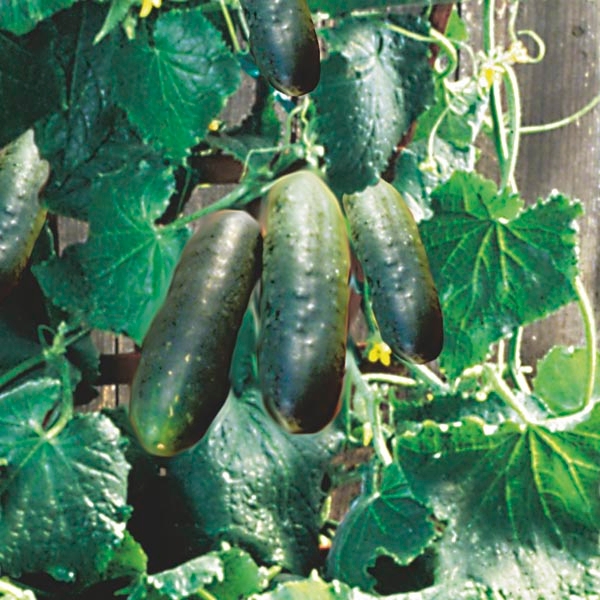
Bushy cucumber (mygardeninsider.com)
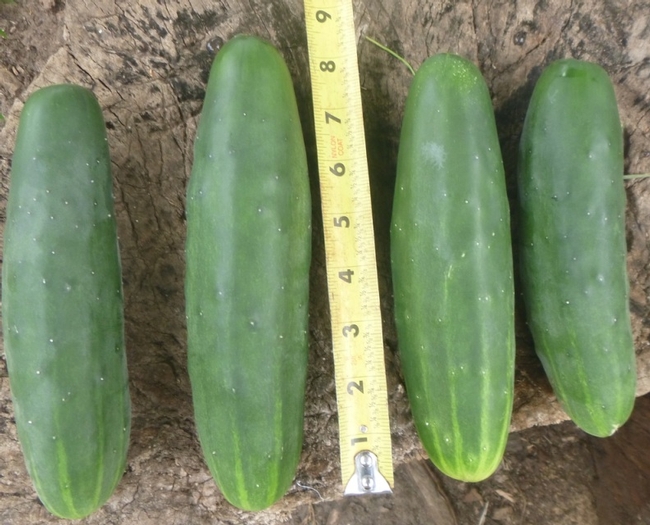
Straight 8 cuke (jdheirloomseed.weebly.com)
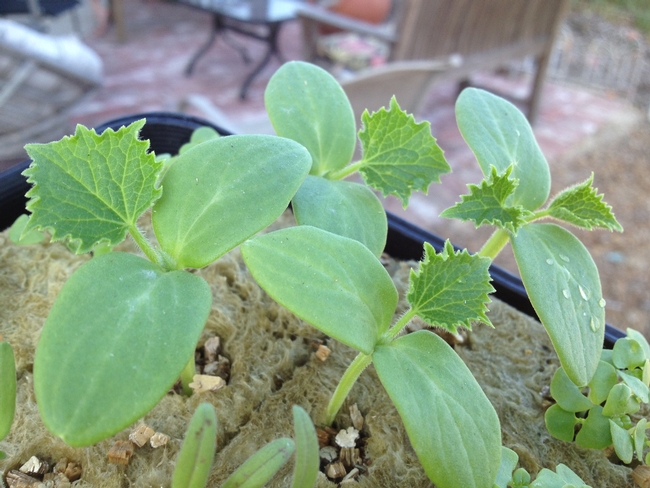
Cucumber seedlings (realfoodfamily.com)

Cucumber juice (nathan-dumlao-unsplash.jpg)